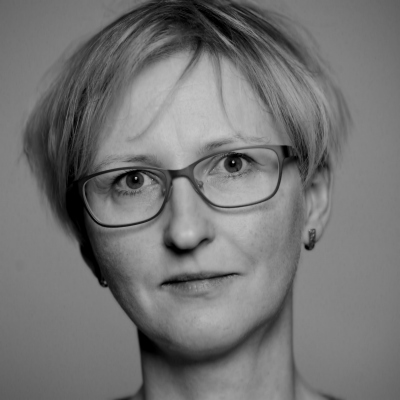A European community of judges or a judicial Tower of Babel?
28.10.2010
varia
The proliferation of courts, jurisdictions and rulings is bound to result in conflict and tension, Prof. Ewa Łętowska said at a conference marking the 5th anniversary of Europejski Przegląd Sądowy, a Polish monthly journal devoted to decisions by European courts.
The speakers at the conference agreed that tension among courts within Europe is unavoidable. Blurring of the boundaries between national, international and European legal systems is bound to cause structural conflicts in jurisdiction among constitutional courts in the member states and the European Court of Justice, and, in Poland, the Supreme Court and the Constitutional Tribunal.
The host of the conference, Stanisław Dąbrowski, First President of the Polish Supreme Court, pointed out that courts should not act like rulers jealously guarding the borders of their kingdoms, but should remember that their role is to serve, and seek to cooperate in good will.
The first five years of Europejski Przegląd Sądowy have come at a pioneering stage in the application of EU law by Polish courts. Prof. Andrzej Wróbel, a Polish Supreme Court judge who is editor in chief of the journal, said that little has changed in this regard since the first issue, in which Prof. Ewa Łętowska published an article entitled “Between Scylla and Charybdis: The Polish Judge Between Strasbourg and Luxembourg.” Some Polish courts still manage to ignore the existence and rulings of international courts.
According to Prof. Leszek Garlicki, a judge on the European Court of Human Rights, every court wants to be supreme and believes that its rulings are the most important. In the Continental tradition, it is an entirely normal phenomenon to have numerous different supreme judicial bodies—in Poland, for example, the Supreme Court, the Supreme Administrative Court, and the Constitutional Tribunal. Adding European courts into the mix has made it all the more necessary to develop proper means of cooperation.
The Polish Supreme Court no longer has the final say on matters that lie within its jurisdiction. Now it must also respect the requirements laid down by the Polish Constitutional Tribunal, the European Court of Human Rights and the European Court of Justice. Nonetheless, it may shape the interpretation of the Polish Constitution as well as European law. As Prof. Garlicki pointed out, the doctrines applied by the EU courts were developed first by national courts.
Since we are condemned to a multi-centric judicial system, Prof. Łętowska said, it is necessary to develop a set of tools for dealing with conflicts of laws. The national courts can either rule within the narrow bounds of their jurisdiction, pretending nothing else concerns them, or they can learn to negotiate the slalom presented by the multi-centric legal reality. As she put it, “We can take the slalom, or go cross-country. I prefer the slalom.”
The speakers also speculated about how relations between the European Court of Human Rights and the European Court of Justice will change when the European Union itself joins the European Convention on Human Rights. Prof. Garlicki said that the ECJ will then become one supreme court among many, and its rulings on human rights will be subject to review by the ECHR.
Prof. Marek Safjan, a judge at the ECJ, said he was concerned about the ECJ’s losing its role as the final guardian over the coherence of the system. “When the EU joins the convention,” he said, “the court in Strasbourg will have the final word on application of fundamental rights.”
Prof. Safjan also pointed to the expansion of European law through judicial decisions. It is becoming harder and harder to find areas of national law that are not affected in some way by European law. The ECJ is being asked to rule on fundamental legal rules and constructions, such as the concept of public authority (in a case involving notaries), torts (defamation through blog posts), and the definition of a human embryo (stem cell research). The court is also very open to requests for preliminary rulings, even when they concern issues that seem purely domestic in character, because a principle of EU law may be implicated.
As legal spheres intertwine, it becomes difficult to demarcate jurisdiction and avoid tension between specific courts. Thus, Prof. Safjan said, the systems must develop ways of coexisting. “Judges applying the law on different levels should use a common methodology to assure consistent results,” he stressed. “This is more important than punctiliously clinging to defined fields of competence, which may lead to irresolvable conflicts.”
Prof. Łętowska pointed out the growing importance of case law, accompanied by the declining importance of written law, containing many general clauses. This gives rise to “situational law,” which gives courts more leeway for interpretation. Paradoxically, the more courts become creators of the legal system, the less comfortable they are in that role. This represents a kind of return to the period prior to the great codifications, and makes it crucial to discuss legal institutions, legal understanding, and methods of interpretation. Teaching the text is not the answer. As she summarised, “Our actions must always follow the maxim respice finem: whatever you do, act wisely and look to the end.”
